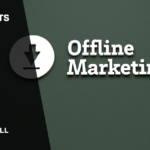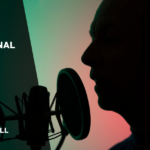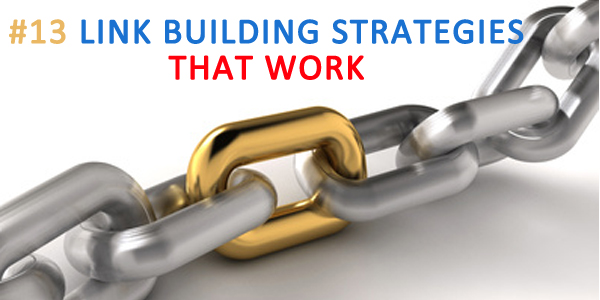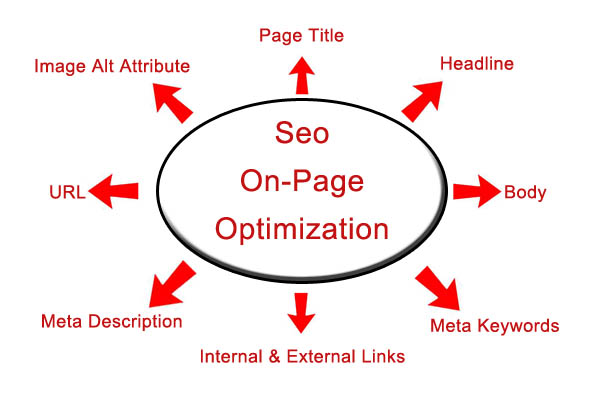
Making a website rank in Google is one of the major concerns for SEOs all over the world. While a major number of SEOs are still following those traditional methods of off-page optimization which includes directory submissions, social bookmarking and more, a few smart ones effectively work on the on-page optimization. No matter how hard you work on social media and other SEO aspects, on-page optimization remains the sole key for bringing organic traffic to your website. Let us now take a look at some of the best techniques to do perfect on-page optimization according to the Google Algorithm.
#1 Page Title
Use of your primary keyword in the page title is one of the most important things to consider while working on on-page optimization. Specifically, this primary keyword should be used at the beginning of the tiles. This not just helps in optimizing your title according to the Google algorithm but also increases the chances of readers to click on your link.
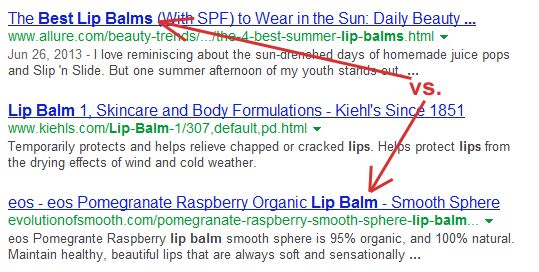
#2 Headline
H1 tag has always played an important role in SEO and Google ranking. It’s but obvious that a person who just clicked on a link, expects to see a similar headline. So, make sure that your headline is same as that of the title and proudly welcomes your readers. Failing to do so will not only take your readers away from your page but also increase the bounce rate.

#3 Body
Many people (SEOs) have this delusion that stuffing a huge number of keywords on their pages would get their website ranked. It has been monitored that keyword stuffing or use of unnecessary keywords or phrases repeatedly in your website decreases its authenticity. The extra-smart Google algorithms keep on assessing the relevance and quality of your content every now and then. So, the next time you think of stuffing excessive keywords in your article, you are definitely hindering your on-page optimization.
#4 URL
A perfect URL is the one which has the targeted keyword in it. A URL with a keyword in it not just helps with search engine relevancy, but also plays an important role in making a viewer understand what the post contains. Over the time, the post you write might get shared on the internet. It is then that the keyword in the URL ensures to brief the viewers on what the post contains. However, including a keyword in the URL does not mean that you just make the keyword as your URL. Your URL must be catchy and should make people click on it.
#5 Images & Image alt Attribute
You might think how can images be important on on-page optimization? But yes, they are. The search results you get to see in the Google Images are often delivered by showing up the images you post on your website. So, if the images you post on your website have a proper name and an alt attribute, there are chances to gain good amount of traffic from Google Images. So, the next time you are posting any images on your website, make sure to specify a related keyword and alt attribute to it.
#6 Meta Description
Though the meta descriptions are not directly used by the search engine algorithms, they play an important role in attracting viewers once you get ranked. The meta description is nothing but a small summary of the post and is often displayed in the search results below the title and the link. So, if your description gives the viewer a clear idea of what he/she is going to get once he clicks the link, you increase the probability of people clicking your URL.

#7 Meta Keywords
Meta keywords are your targeted keywords that help Google algorithm understand the points you have covered in your content. However, while inserting these meta keywords one must only use the set of keywords they have used in their article. Insertion of unnecessary keywords might give you negative results.
#8 Internal & External Links
Internal and external links in your post is one of the highly recommended and 100% efficient technique. When you interlink your pages, it becomes easier for the Google crawler to crawl all of your pages in one go and thus understand the quality of your content. It’s always recommended to give some 6-8 relevant links in your page. However, interlinking the page does not mean to add any irrelevant links that take your readers to an unwanted or unexpected destination. Moreover, interlinking your page smartly increases your page views thus increasing readership and decreasing the bounce rate.
The above 8 steps are more than enough for the best on-page optimization. Following these steps while writing/posting your content will definitely help you in getting your website ranked in Google. The other smart technique that also helps you in ranking is Google Authorship.
Do you think there are certain other ways for on-page optimization that help you in ranking? If yes, please do share it in the comments section and help readers know more about Google ranking and on-page optimization.




